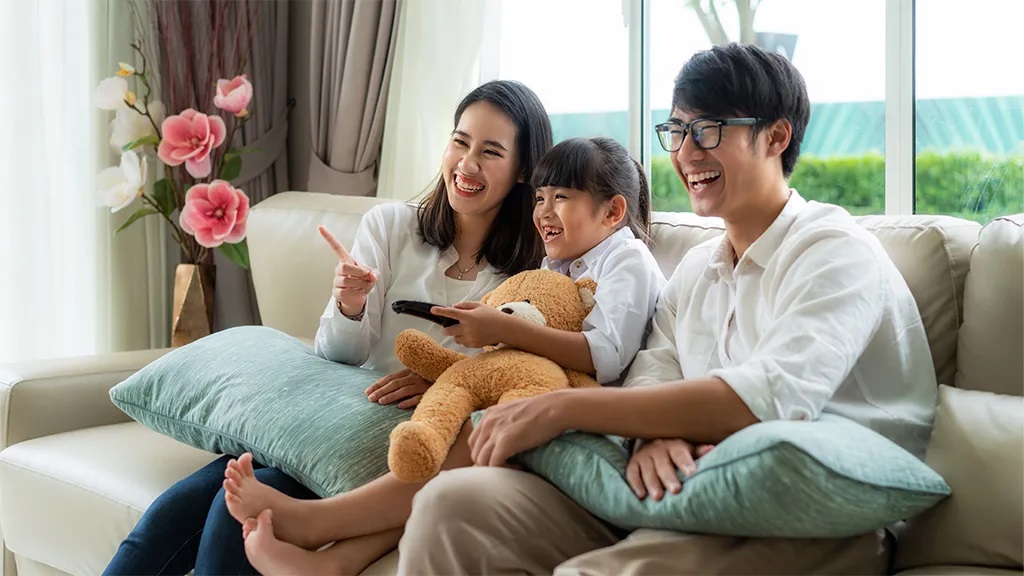As Streaming Bundles Look More Like Cable, What do Consumers Really Want?
It’s unclear how bundled streaming services will be received by consumers and play out for the brands themselves

Streaming, once thought to be the antidote to cable, is starting to look more and more like the good old-fashioned cable bundle. As streaming has gotten more expensive and confusing over the years, with endless plans and alternatives, consumers have grown detached and less loyal to any one service. Now, streaming services like Peacock, Apple TV and Netflix are partnering up and rolling out bundles to expand their reach and reduce customer churn.
Despite early promises and expectations for a cost-effective, flexible alternative to traditional cable, the streaming industry is increasingly mirroring its predecessor, raising questions about consumer contentment and industry direction. Perhaps contrary to the gut reaction we feel when remembering the cable days, consumers are feeling somewhat favorable about this return, and have for a while.
Amdocs research dating back to 2021 found that consumers would prefer “mega bundles” to managing payments for many services. On the surface, customer expectations appear to continually evolve and meeting them can feel challenging for providers, yet at their core it’s quite simple: consumers are cost conscious, desire quality content, and ease of use.
How Did We Get Here?
The initial appeal of streaming was heavily rooted in its ad-free content, lower costs, and freedom from confusing bundles. Yet as time wore on, ads and tiered subscriptions were introduced and now media companies are partnering up to offer larger bundled memberships. Is this just another example of initial private equity funding wearing off and the need for profitability surfacing? Or is it the result of a large-scale experiment revealing that consumers might just have preferred the bygone days?
There’s no doubt that streaming services have brought with them a wealth of unique and original content, capable of captivating the attention of millions for hours on end. But as new services arose, the tried-and-true licensed content beloved by fans, like Friends and The Office, began bouncing around different platforms, fleeing to the highest bidder.
Amdocs research from around the start of 2024 discovered that access to those older titles (52%) was a top factor when considering subscription services. Time has shown that these cult classics pull audiences, leading to increased subscription churn and fatigue for confused viewers.
Now, audiences are vying for a condensed viewing experience, with that same research uncovering that nearly 80% of Gen Z viewers wish there was a single portal or app where they could access all of their streaming subscriptions and related content. It’s not surprising, therefore, that bundled deals are starting to pop up.
The professional video industry's #1 source for news, trends and product and tech information. Sign up below.
Cable 2.0 and the Future of Streaming
As it stands, a full return to past-TV isn’t feasible because the dynamics have changed. An individual streaming service is direct-to-consumer in ways that individual networks weren’t. Viewers aren’t able to access say, the whole of HGTV’s content and shows, without also purchasing a handful of networks that they don’t have interest in. In contrast, one doesn’t have to become a subscriber of Disney+, Netflix, and Max just to get a Hulu subscription.
One area that will look a lot like TV’s cable origins as bundles grow in popularity, is in the tiered pricing options. On the one hand, a surplus of membership options can be overwhelming and frustrating. However, our research has shown that Gen Z is in favor of the ability to choose between higher costs and ads.
The same Amdocs survey found more than one-third of the generation has expressed that they’re open to seeing an increase in advertisements. That doesn’t necessarily mean the remainder is opposed to more ads either – most are just undecided. Evidently, price sensitivity still exists, so it is pivotal that brands continue to monitor their sentiment as the setting evolves.
Reevaluating the ‘Antidote to Cable’
It’s still unclear how bundled streaming services will be received by consumers and play out for the brands themselves. After all, if partnering with would-be competitors doesn’t result in net benefits and instead costs them viewership and revenue, it certainly won’t continue. Perhaps this latest iteration in the space is less so a reversion to past-TV and more so a blending of the most favored aspects of both.
As brands and customers alike sort through the complicated, frustrating, and redundant nature of providing and consuming entertainment, we might yet reach the optimal experience through this process of trial and error.
Today’s viewers derive value and set their expectations around cost consciousness, quality content, and ease of use. Putting all tactics or offerings aside, content providers will find that true loyalty and engagement comes from delivering platforms that meet those needs. In a landscape that feels both like uncharted waters and a familiar setting, the streaming industry would do well to consider more consumer-friendly innovations and maintain clarity and affordability to truly revolutionize how we consume media.
Raman Abrol is the Division President at Amdocs and CEO of Vubiquity. Prior to joining Amdocs, Raman was SVP & Head of Telecom & Media BU at Tech Mahindra Americas, and before that he was Managing Director for Comverse BSS Business Unit (now Amdocs Optima). Raman started his career with TATA & Lucent Technologies, Bell Labs group.
